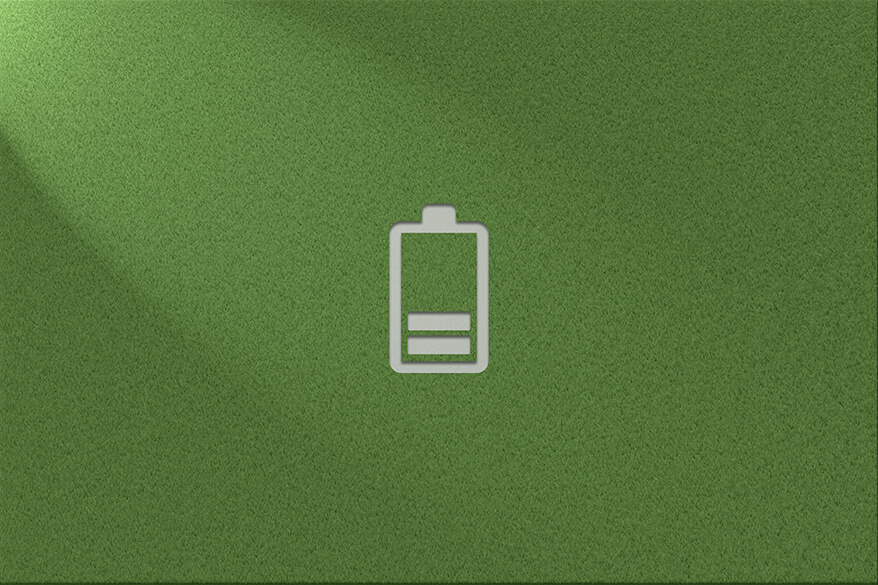LiPo Battery Charge Cycles-Battery Knowledge
Oct 08, 2019 Pageview:3935
A LiPo battery or lithium polymer battery or lithium-ion polymer battery is a type of rechargeable battery based on the lithium-ion technology that utilizes polymer electrolyte. These batteries have gained huge popularity, especially in the radio control industry. At present, they are the most popular option for anyone seeking high power along with long run times. LiPo batteries provide a wide range of benefits over other lithium battery types available in the market.
Compared to the battery predecessors, LiPo ones are lighter, smaller and offer a higher power capacity. If you’re a user of LiPo battery or going to use it, and interesting in knowing battery charge cycles, you’ve landed to the right page.
Here is the complete guide on LiPo battery charge cycles that helps you have an idea of the lifespan of the battery. Most importantly, you’ll get to know whether LiPo battery is the right one for your application. So, let’s get explore more about the LiPo battery-
How many cycles does a LiPo battery have?
The cycle life of a battery is the number of complete charge or discharge cycles that the battery can support before that its capacity falls under 80% of the original capacity. Therefore, it means that if the battery gets discharged to 60% and afterward, charged to 80%, then it’s not a complete cycle. One cycle is when you charge and discharge your battery. Moreover, the cycle life will vary based on the several conditions the batter is in. There are several factors like temperature, how often it is used, movement and so many that affects the battery life cycle.
LiPo battery functions best in moderate temperature as that is when the gel is at the optimal density to be fluid and yet maintains its conductivity. However, heating it up too much can make it less dense, and minimizing how conductive the battery is, or how long the battery keeps a charge.
As you use the battery, discharging and charging it, the capacity of the battery will gradually drop. Thus, if the battery is 1300mAh out of the box, then it might drop to 75% of that (approximately 1000mAh) after 200 discharge or charge cycles. Well, a LiPo battery may last 300 to 500 cycles and it depends on how the battery is maintained.
How do you count battery cycles?
The cycle count of battery is the number of times it has been drained and re-charged. In fact, the battery cycle count is measured based on any combination of charge and discharge that adds up to 100%. Let’s take an example - if you’re using your laptop or PC to 50%, then you charge it up and afterward, do that again, which is one battery cycle count or four times to 75% (that is a usage of 25% battery, each time) - and the usages do not have to be same or equal, could be different charge levels, for example, discharge to 40%, another to 90%, then 3rd usage to 70% - one cycle.
That’s how you can calculate your battery cycle count. If you are good at mathematics or numbers, it will probably easy for you to understand.
How long does a LiPo battery last?
No doubt, the first question that comes to mind whenever it comes to buying battery is “what is the lifespan of the battery?”Isn’t, it right? Your main aim is to use the battery for many next years to come. Well, many battery manufacturers claimed that their LiPo battery will last 2 to 3 years. It is a somewhat realistic idea for a situation when the battery is used on a regular basis and charged around 2 or 3 times a week.
However, in any scenario, LiPo batteries are considered to begin aging the first day when it is activated. Keep in mind that it is valid whether the battery is in regular usage or it is stored somewhere for a more extended time period. How a LiPo battery performance declines during storage is measured by its storage condition.
In short, we can say that a realistic idea of a lifespan of LiPo battery should consider its number of charge cycles as well as its age. You will be pleased to know that LiPo batteries don’t undergo catastrophic failure when they are past its lifespan. The battery, which can hold 80% of its original capacity, is regarded past its prime. Well, it is an irreversible process and thus, the battery will simply continue to weaken until it can no longer retain a charge.
Practically speaking, a LiPo battery will likely show the symptoms of puffing or swelling as it closes its expiration point. Swelling of the battery occurs due to the gas produced by the decomposition of the electrolytic solution of the battery.
However, you shouldn’t wait until the battery can no longer retain a charge - it becomes quite dangerous or harmful to continue using the battery before it reaches an unsafe point.
As compared to other batteries available, LiPo battery has a shorter lifespan. But, there are certain things you can do to extend the lifespan of your battery-
· LiPo batteries continue to age even while it is stored. But, the aging process becomes activated or triggered when the battery is stored at a high temperature. That’s why you should always keep your LiPo battery in a cool place.
· Along with storing the battery in a cool place, make sure to store the battery at approximately 40% to 50% battery capacity.
· Another important thing is don’t ever overcharge or over-discharge your battery. This is applicable for all batteries. Overcharging as well as over-discharging greatly affect the lifespan of the battery.
· Always buy a battery or battery charger from the reputed or trusted manufacturer. Falling for cheap tactics can make you pay double as you end up spending additional on replacing the cheap battery quite soon.
Hopefully, you now got an idea of LiPo battery charge cycles and lifespan. How long the battery will last mostly depends on the way you’re using.
- Prev Article: Lithium Batteries Explode in the Sun- Attention Tips
- Next Article: LiPo Battery Charge Rate Calculator
Leave Message
Hottest Categories
-
Hottest Industry News
-
Latest Industry News











